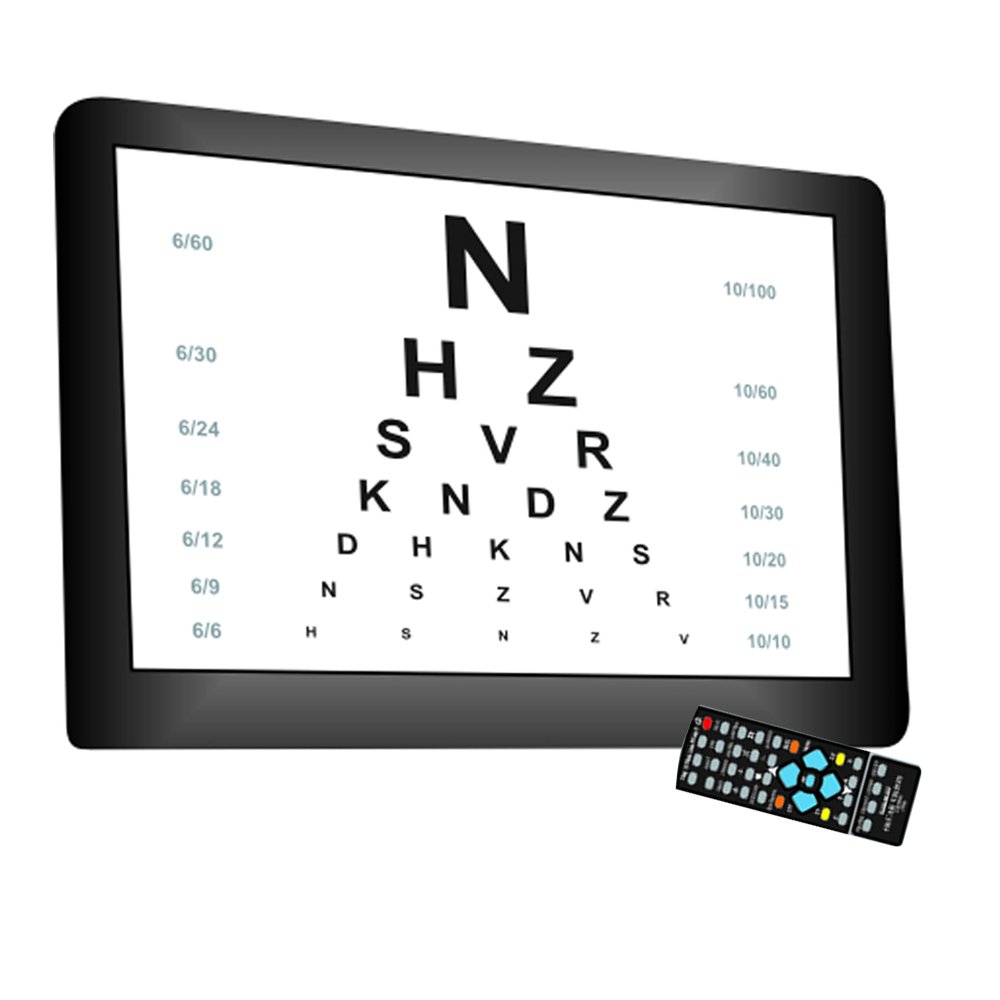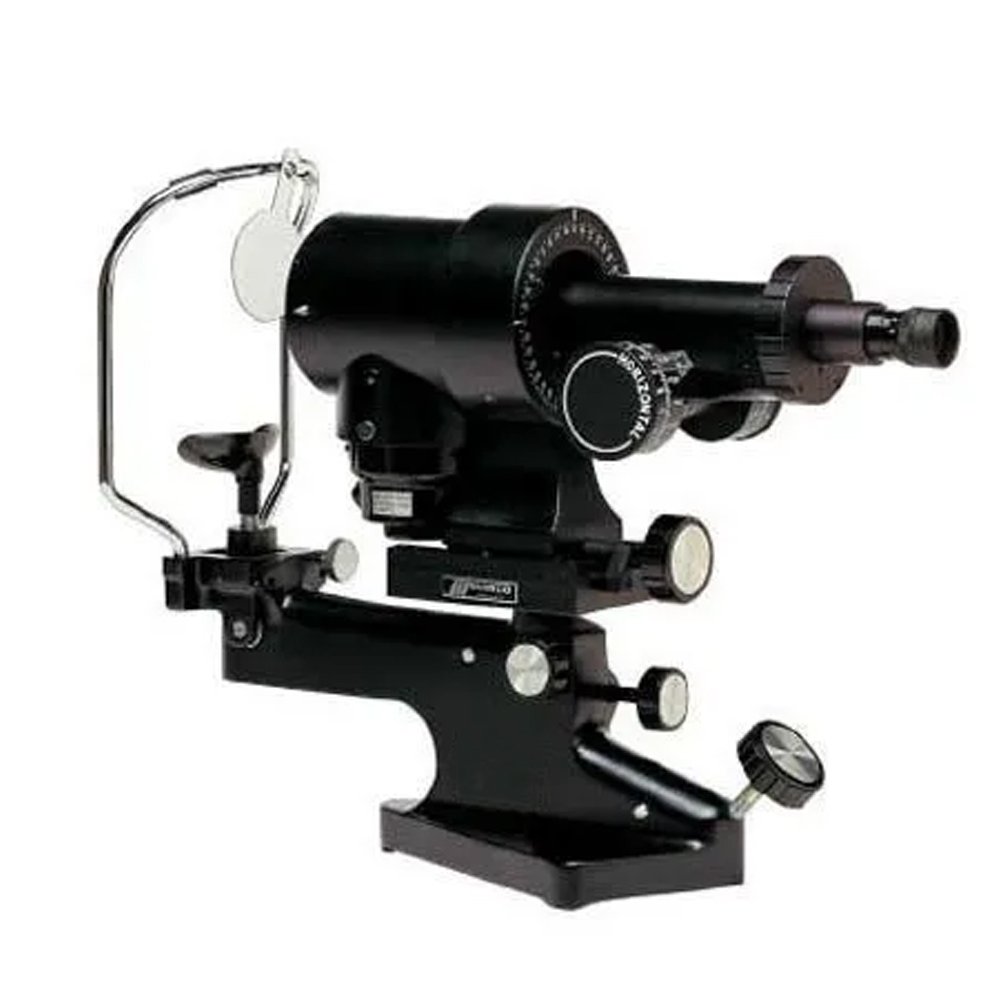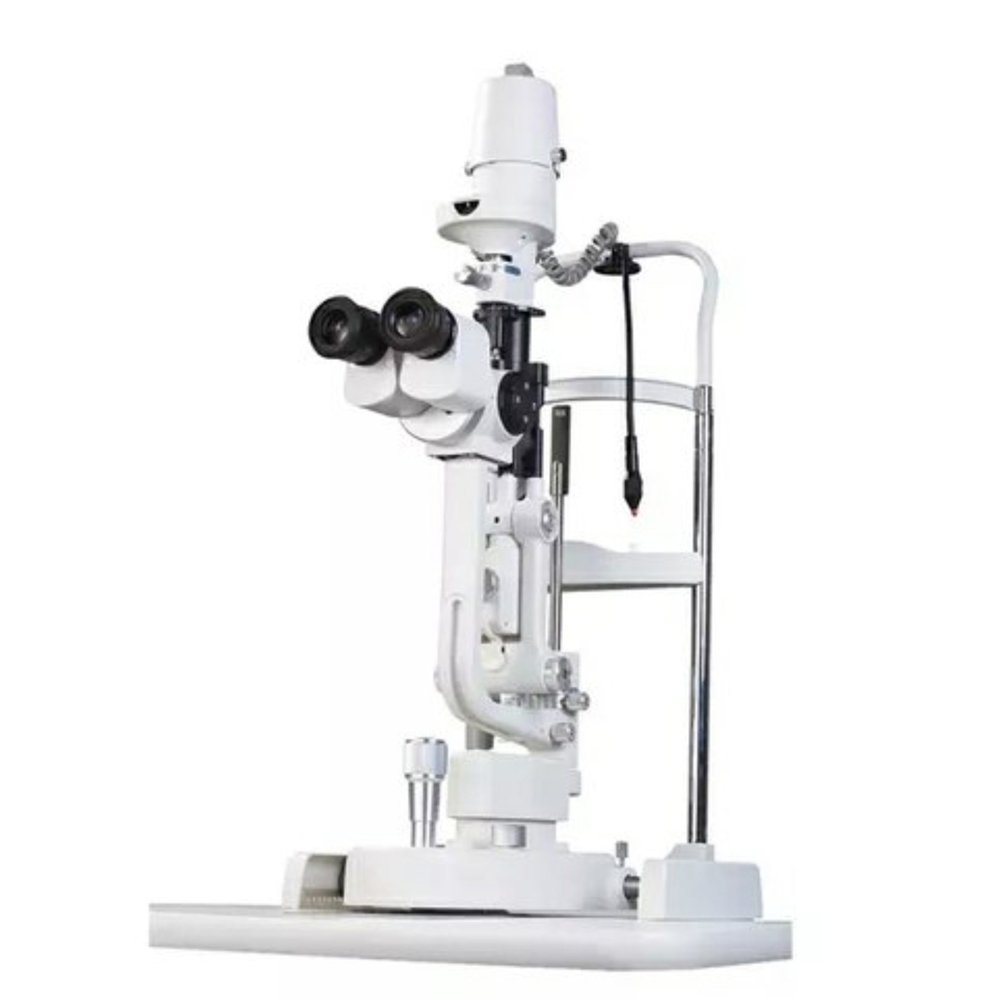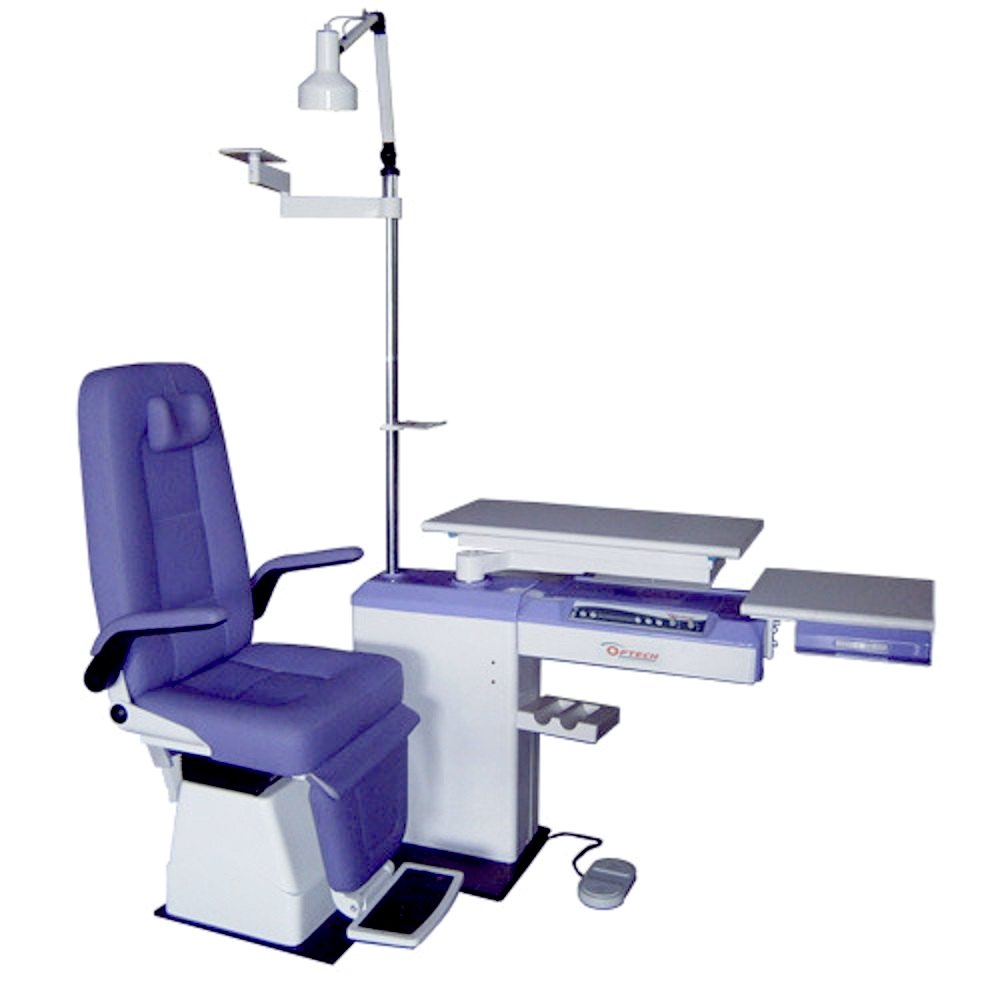Digital Display:
The LCD acuity chart features a digital display, usually an LCD (Liquid Crystal Display) screen, where optotypes are presented to the patient.
Optotype Presentation:
Optotypes can include letters, numbers, or symbols, following standardized charts such as the Snellen or LogMAR charts.
The LCD chart can present a range of optotypes in different sizes to assess visual acuity at various distances.
Contrast Control:
The chart may have adjustable contrast settings, allowing eye care professionals to modify the visibility of optotypes based on the patient’s needs.
Distance Adjustment:
The LCD acuity chart allows for easy adjustment of testing distances to assess visual acuity for near, intermediate, and distance vision.
Randomization:
Some LCD charts have the capability to randomize optotype presentation, preventing patients from memorizing the sequence of letters or symbols.
Multilingual Options:
Many LCD acuity charts offer multilingual options, allowing the presentation of optotypes in different languages to accommodate a diverse patient population.
Charts for Children:
Specialized charts with child-friendly optotypes or images may be available for pediatric eye examinations, making the testing process more engaging for young patients.
Remote Control:
The LCD chart often comes with a remote control, allowing the examiner to change settings, toggle between optotypes, and control the testing session from a distance.
Integration with Electronic Health Records (EHR):
Some advanced models offer integration with electronic health record systems, allowing seamless documentation of visual acuity results in the patient’s record.
Lighting Conditions:
The LCD chart may have options to control ambient lighting conditions, ensuring consistent testing environments.
Maintenance:
Regular calibration and maintenance are necessary to ensure accurate and reliable results.
Cleaning of the LCD screen and testing room upkeep are important for optimal performance.
Patient Interaction:
The LCD acuity chart allows for efficient and interactive testing, with the examiner controlling the presentation of optotypes and the patient providing responses.






Reviews
There are no reviews yet.